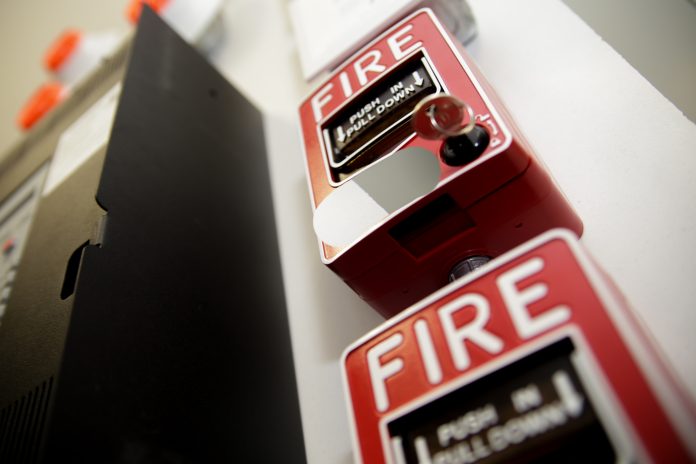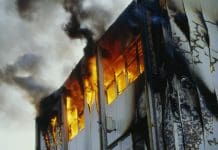In this article, Rob Norton, UK director, PlanRadar, explores how digital platforms and technology can enable construction professionals to manage new fire safety legislation and compliance
Compliance with fire safety legislation is one of the biggest challenges facing developers and property owners. Neglect around the issue has led to widespread fire safety failings, and evidence of unsafe structures has become an all too familiar scene.
Only recently, residents of a high-rise tower in Ipswich were forced to leave over fire safety concerns. Given the sector’s chequered history with fire safety in tower blocks, it’s no surprise that the government is now taking a firmer approach and that tighter regulations are being enforced.
This has led to updates to the Fire Safety (England) Regulations 2022, which came into effect in January this year. The motive behind the new laws is simple, improve the level of fire safety checks taking place and ensure accountability for buildings that fail to meet new standards.
New regulations have shone a light on the sector’s confusion around fire safety
The changes bring greater duties for the Responsible Person (RP). It’s now up to the RP to ensure quarterly fire door checks are taking place and proof is provided annually.
Digital blueprints of high-rise buildings must also be submitted to local fire and rescue services as well as potential faults with firefighting equipment. Whilst these may seem like straightforward requests, they’re proving problematic for many in the industry.
In part, the new regs have highlighted the sector’s confusion around fire safety regulations and laws, putting businesses on the back foot. For some, a lack of processes around fire safety checks adds additional pressure, particularly for the less tech-savvy. However, with the help of technology, it’s possible to meet these new demands with ease and efficiency.
A digital response to fire safety
This is where digital construction platforms are helping join the dots. Through easy-to-use tech, they can assist in collecting and collating fire safety information. Checks can be logged and recorded so that RPs can easily provide evidence of completed work. Leading software also allows images and video to be used in-app for visual proof of the quality of work.
Opting for digital tools on-site can also provide greater communication between teams. Jobs or ‘tickets’ can be assigned to individuals, making it clear ‘who did what and when’.
Working in this manner is more time efficient and helps create a watertight, consistent digital audit trail to provide proof of the build quality. This safety-first approach is not only encouraging industry best practices through the creation of the ‘golden thread’, but it’s also a huge time-saver. Information no longer needs to be transcribed into documents and spreadsheets as worksheets can be replicated within the software.
This also helps reporting accuracy since there is less chance of mistakes and inaccurate information entry when working digitally. Importantly, it’s helping businesses get organised and remain on top of fire safety compliance when it might appear overwhelming.
Plugging the skills gap with digital technology
Digital technology is also useful to combat the lack of available fire safety professionals. Qualified experts are in high demand, and the likes of chartered fire engineers are few and far between, having fallen by around a quarter in 2021. Given the situation, finding ways to streamline fire assessment processes can be extremely beneficial, particularly for those juggling multiple assets.
Having evidence in a safe and secure location can make it easier for fire assessors to understand fire safety risks. They can be sure that fire doors for example, are being regularly checked and remain industry compliant. Equally, having their ‘ducks in a row’ can show fire assessors that developers are taking the issue seriously and that due diligence is underway.
The latest set of fire regulation changes are likely to be the first of many
The government, as we’ve seen, has fire safety within its sights and is willing to use its full weight to ensure that developers remain compliant. The housing secretary’s six-week deadline for developers to fix unsafe high-rises is a sign of the times, the government isn’t pulling its punches, and those that fail to get on board will face legal prosecution and industry blacklisting.
However, businesses that remain agile and adaptable will find it much easier to navigate this increasingly complex legislative landscape. With digital systems in place, building owners can work alongside software suppliers to ensure they can respond to ongoing changes, no matter how immediate.
The market is becoming increasingly digitised, and those who ignore it will soon find it difficult to operate. Embracing this sooner rather than later will not only speed up day-to-day functions and efficiencies, but it will help create a safer, more accountable industry as a whole.














